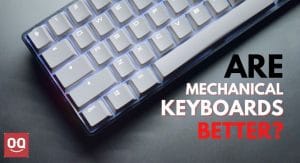Mechanical keyboards have grown in popularity in recent years. But, one thing that often puts people off from buying a mechanical keyboard is the price tag. So, why are mechanical keyboards so expensive?
Mechanical keyboards are more expensive because they have individual switches for each key, which give mechanical keyboards their distinctive feel and sound. Also, the high-quality materials and complex mechanisms required to build mechanical keyboards make them so expensive.
I’ve reviewed countless mechanical keyboards over the past few years and found several factors that contribute to the expensive price tag of mechanical keyboards.
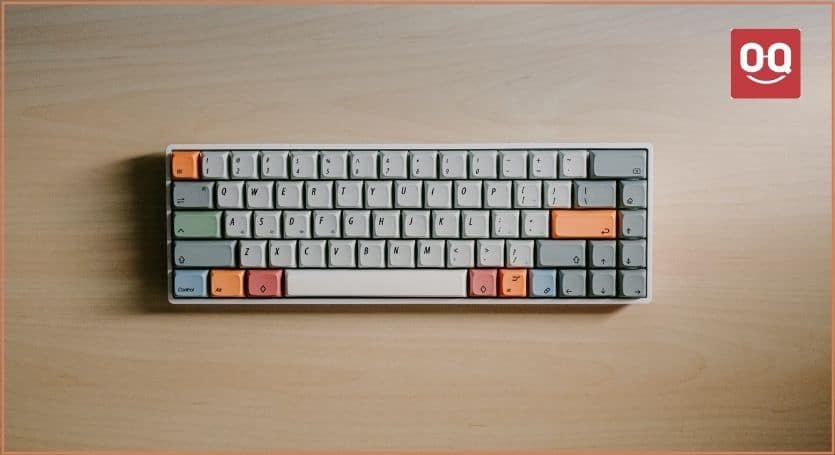
The price of mechanical keyboards ranges from $50 to $200, which is a significant difference compared to membrane keyboards. Even the most expensive membrane keyboard cannot compare to the price of mechanical keyboards.
There are some cheap and budget mechanical keyboards that cost around $50. But, these keyboards usually don’t have the same features, ruggedness and high-quality materials as the more expensive models.
These are mostly entry-level keyboards that are aimed at people who want to try out mechanical keyboards without spending a lot of money.
Read: Can you Convert a Membrane Keyboard to Mechanical?
On the other hand, the most expensive mechanical keyboards can cost up to $200. These keyboards are usually made with high-quality materials and come with premium features. With additional customizations, the price of these keyboards can even go as high as $2,500.
5 Reasons why mechanical keyboards are so expensive
When it comes to typing experience, ergonomics, and gaming, there’s hardly any substitute for a good mechanical keyboard. But with great power comes great responsibility… and a high price tag.
So, what exactly makes these keyboards so much more expensive than the regular membrane or rubber dome keyboards? Here are 5 reasons –
1. Mechanical keyboards have individual switches
While traditional membrane keyboards use a single rubber membrane to register keystrokes, mechanical keyboards have individual switches underneath each key. This means that each keystroke is registered more accurately, and there is less chance of ghosting (keys not registering properly).
The design of mechanical switches is also more complex. Each switch is composed of 6 key parts: The keycap, stem, upper housing, coil spring, base housing, and crosspoint contact.
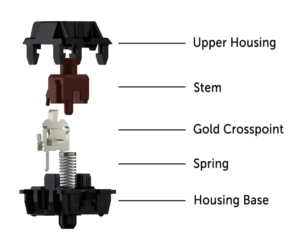
Image collected from daskeyboard.com
There can be variations in the design, but these are the main components. This results in a high production cost, which is passed on to the consumer.
In addition, there are different types of switches designed for different purposes. For example, some switches are designed to be more tactile, while others are designed to be quieter. However, all the switches mainly fall into three main categories:
| Linear Switches | Tactile Switches | Clicky Switches | |
|---|---|---|---|
| Keystroke Feel | Smooth | Bumpy | Bumpy |
| Sound | Quiet | Moderate | Loud |
| Tactile Feedback | No | Yes | Yes |
| Suitable For | Gaming | Typing | Gaming |
- Linear Switches: Linear switches are just what they sound like; the keystroke is consistent from beginning to end, and there is no tactile feedback or clicking noise as with other switches.
- Tactile Switches: Tactile switches have a small bump in the keystroke that lets you know you’ve pressed the key without being too distracting.
- Clicky Switches: Clicky switches are quite similar to tactile switches, but they make a loud clicking noise when pressed, providing even more feedback than a tactile switch.
2. Mechanical keyboards have high-quality components
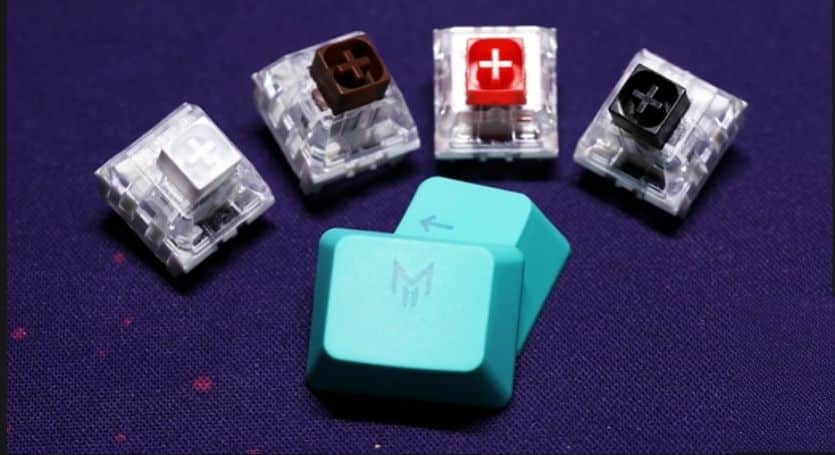
Probably the biggest factor contributing to the high price of mechanical keyboards is the high-quality components used.
| Mechanical Keyboards | Membrane keyboards | |
|---|---|---|
| Keycaps | Durable PBT plastic | Cheap ABS plastic |
| Keyboard Case | Aluminum, wood, or acrylic | Mostly plastic |
| Switches | Branded mechanical switches (e.g. Cherry MX, Kalih, Topre, and more) | Dome-switches or membrane |
| Lifespan | Up to 50+ million keystrokes | Up to 5 million keystrokes |
Mechanical keyboards mostly have keycaps made of PBT plastic. PBT is a high-quality plastic that is stronger, more durable, and doesn’t develop shine over time like cheaper ABS plastic. PBT keycaps also feel nicer to the touch.
The same goes for the switches. The switches used in mechanical keyboards are of much higher quality than the rubber dome or membrane switches found in regular keyboards. These switches can last for up to 50+ million keystrokes, which is much more than a regular keyboard.
Furthermore, the keyboard case is usually made of aluminum, a very sturdy material that can last for years. Some keyboards even have cases made of wood or acrylic.
These high-quality materials not only make mechanical keyboards look more premium and last longer but also add to the cost.
3. Mechanical keyboards have better ergonomics
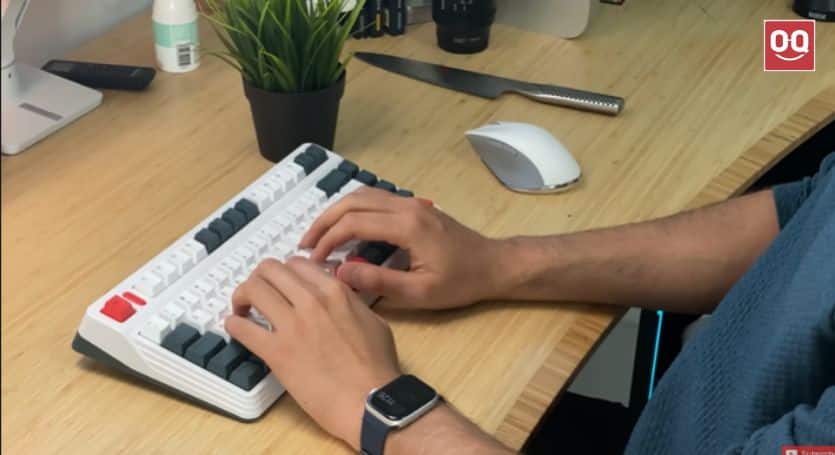
Mechanical keyboards have been shown to be better for your posture and overall ergonomics. They allow for a more natural position of the hands and wrists and can help reduce strain and fatigue.
This is due to the fact that mechanical keyboards provide tactile feedback with every keystroke, which makes typing more comfortable, as your fingers don’t have to work so hard, and you don’t have to bottom out the keys in order to register a keystroke.
There are some mechanical keyboards with padded wrist rests that further reduce strain on your wrists. These wrist rests are usually made of soft material like memory foam.
More importantly, mechanical keyboards allow you to customize each and every component to fit your needs. From the keycaps to the switches, you can find a combination that works best for you. For example –
- Key-profile: Depending on your preference, you can customize the keycaps with low-profile or high-profile keycaps. You can choose between different heights and shapes.
- Keyboard layout: Mechanical keyboards are also available in different sizes and layouts (e.g. TKL, 60%, 80%, etc.). You can choose the layout and size that you’re comfortable with the most.
- Switches: You can swap out the switches to find the perfect combination and feel for you.
- Keyboard angle: Most mechanical keyboards come with adjustable feet that allow you to change the angle of the keyboard. This is great for finding the perfect typing position.
Read: Are Flat Keyboards More Ergonomic?
But membrane keyboards, on the other hand, hardly offer any customization options. You’re stuck with the same feeling for the life of the keyboard, and if you don’t like it, tough luck.
4. Complex mechanism of mechanical keyboards
The mechanism behind membrane keyboards is very simple. There are two main layers. The top layer has the keycaps, and the bottom layer has the PCB. When you press a key, the membrane pushes down and completes the circuit, which sends a signal to the computer.
Mechanical keyboards, on the other hand, have a complex mechanism that involves different parts, including the keycaps, switches, case, gaskets, plate, PCB, stabilizers, and power cable. Here is a visual of all the parts of a mechanical keyboard:
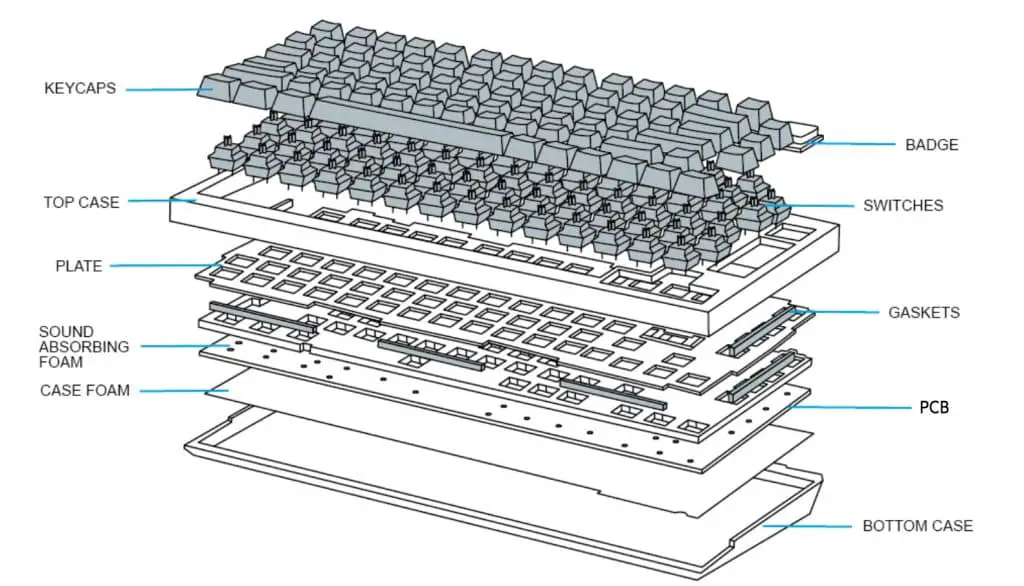
Image collected from daskeyboard.com
There are also some optional parts that you might find in mechanical keyboards, such as LEDs, media keys, volume wheels, etc.
Therefore, the assemblage of a mechanical keyboard is quite complex when compared to membrane keyboards. Sometimes, it is done manually by skilled technicians, which makes the process even more intricate.
Besides, mechanical keyboards need to be thoroughly tested before they are sent out for sale. The reason is that a small mistake in any of the parts can cause the keyboard to malfunction.
Also Read: Best Keyboard for Transcription
5. Mechanical keyboards offer plenty of additional features
Last but not least, mechanical keyboards include plenty of additional features that you won’t find on regular keyboards. All those features may not be necessary, but they definitely contribute to the overall experience of a user.
Here are some of the additional features that you’ll find on mechanical keyboards:
- N-key rollover: This feature allows you to press as many keys as you want at the same time without ghosting.
- RGB backlighting: This is a common feature that you’ll find on mechanical keyboards. It looks great and can be customized to your liking.
- Macro keys: These are extra keys that can be programmed to perform a certain task or sequence of tasks. You can customize these keys according to your preferences.
- Hot-swap switches: Having hot-swappable switches allows you to swap out the switches without soldering. This is great for people who want to try out different switches.
- Detachable cable: Mechanical keyboards often come with a detachable USB cable that can be replaced if it gets damaged.
- Media control knobs: Some mechanical keyboards come with media control knobs that allow you to control the volume and other media settings.
- Wrist rest: Wrist rests help you type for long periods of time without straining your wrists.
The list goes on and on. Depending on the model, brand, and how much you are spending, you’ll find different additional features on mechanical keyboards.
Are expensive mechanical keyboards worth it?
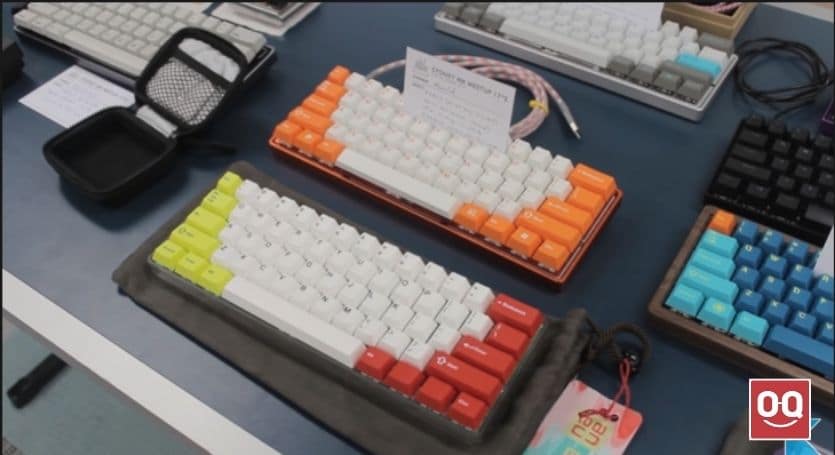
Yes, after reviewing and testing multiple high-end keyboards, I can say that they are definitely worth the money if you are looking for a top-of-the-line product.
Unlike the cheap, low-quality keyboards typically found on laptops and desktops, mechanical offer a superior typing experience. You get a crisp, responsive feel with each keystroke that can help boost your productivity.
Additionally, with a range of features and customization options, mechanical keyboards can be tailored to meet your specific needs. From backlighting and macros to custom keycaps and switches, you can find a keyboard that perfectly suits your workflow.
So, you get what you pay for with a mechanical keyboard. If you want the best possible typing experience, be prepared to shell out some extra cash. It’ll be worth it in the end!
However, it’s important to remember that not all mechanical keyboards are created equal. Just because a keyboard is expensive doesn’t mean it will be the best option for you.
How much should you invest in a mechanical keyboard?
As mentioned earlier, there is a wide range of prices for mechanical keyboards, from budget-friendly options to high-end models that can cost over $200.
You can get a mechanical keyboard for as little as $50, but you’ll sacrifice features like backlighting, macros and customizations. The build quality won’t be as good either. On the other hand, getting a $200 keyboard is not practical for everyone.
Unless you’re a power user who needs all the bells and whistles, you can probably get by with a mid-range keyboard that falls in the $100-$125 price range. This will give you all the necessary features and decent build quality without breaking the bank.
Of course, the final decision comes down to your personal budget and needs. But, in general, you can get a great mechanical keyboard without spending a fortune.
Ending words
It is no secret that mechanical keyboards are much more expensive than regular keyboards. I hope this article has helped you understand why mechanical keyboards are so expensive.
If you have any questions or comments, please feel free to leave them below!
Thanks for reading!
Resources
- All Parts of a Mechanical Keyboard by DasKeyboard (May 12, 2022)
- Are Mechanical Keyboards Better for Wrists by KeebNews (June 01, 2022)
- Why Are Mechanical Keyboards So Expensive by SwitchAndClick





